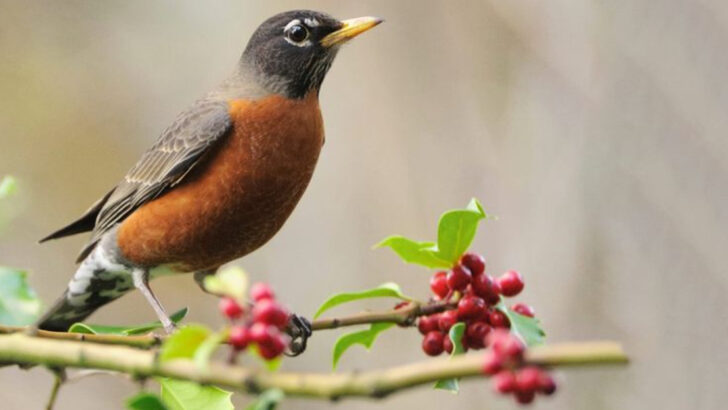If birds are flocking to your garden, you’re doing something right! Their vibrant presence is a sure sign that your garden is thriving, healthy, and in perfect harmony with nature.
From colorful songbirds to majestic raptors, these feathered friends bring life, music, and beauty to every corner. They not only brighten your space but also play an essential role in maintaining a balanced ecosystem.
Want to know which birds you can expect to see if your garden is truly flourishing? Let’s take a look at 15 stunning species that will visit if you’ve created the perfect haven for them. Keep an eye out, because these birds are proof your garden is thriving!
American Robin
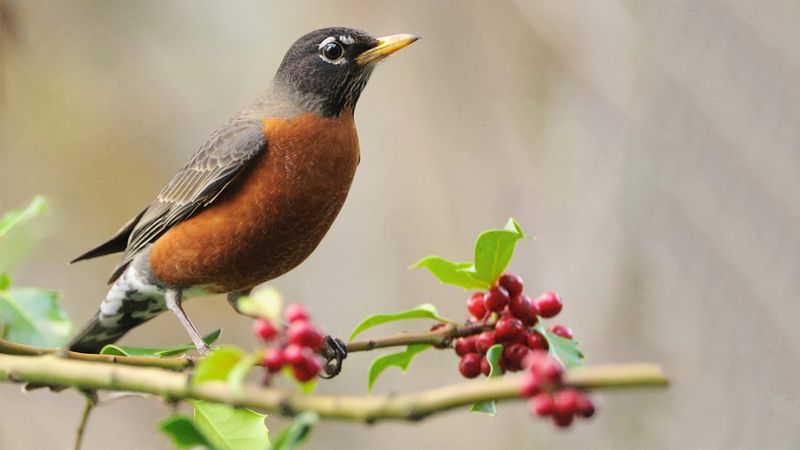
The American Robin, a beloved garden visitor, is recognized by its vibrant orange-red breast and cheerful song. These birds often hop around lawns in search of earthworms, providing a delightful sight.
Robins are known for their adaptability, thriving in various garden environments. They signal a garden full of life, rich in insects and fruits.
If robins frequently visit, it reflects well-kept hedges and plenty of food sources. Providing a birdbath can encourage them to linger longer, adding musical charm to your mornings.
Northern Cardinal
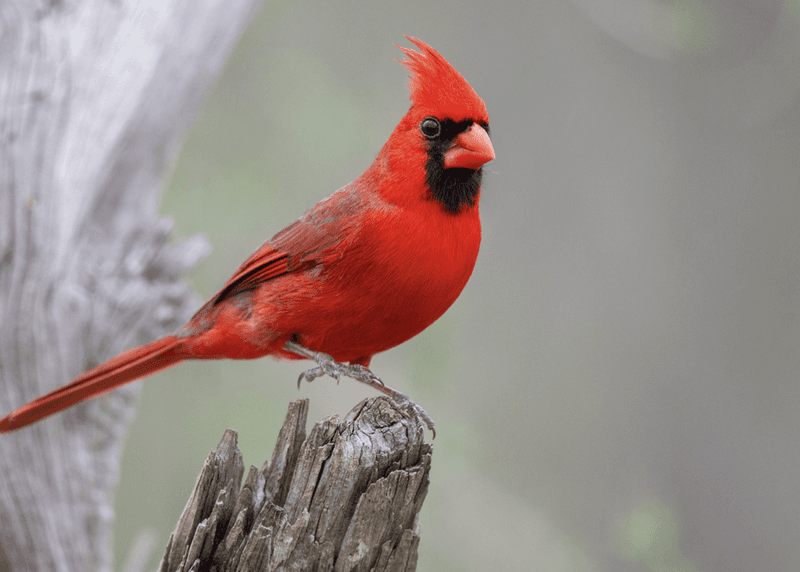
Northern Cardinals are a striking addition to any garden, with their vivid red plumage and melodic whistles. Their presence often indicates a well-maintained area with dense shrubs.
Cardinals are seed eaters, frequently seen around feeders stocked with sunflower seeds. They prefer areas that provide shelter and nesting spots.
A visiting cardinal suggests your garden offers safety and sustenance. By planting native shrubs, you can support these birds, ensuring they continue to brighten your garden with their radiant colors and spirited songs.
Blue Jay
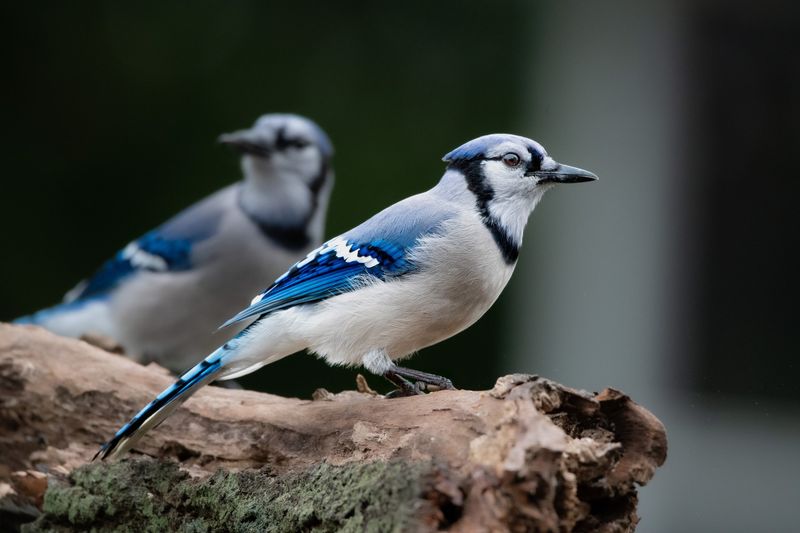
Blue Jays are known for their intelligence and complex social behavior. Their striking blue and white feathers make them a garden favorite.
These birds are resourceful, often found foraging for seeds, nuts, and insects. A garden visited by Blue Jays likely provides diverse food options and ample tree cover.
Jays are also excellent mimics, sometimes imitating the calls of other birds. Their presence indicates your garden’s rich biodiversity. Creating a mix of trees and shrubs can help attract and sustain these fascinating and vocal visitors.
Goldfinch
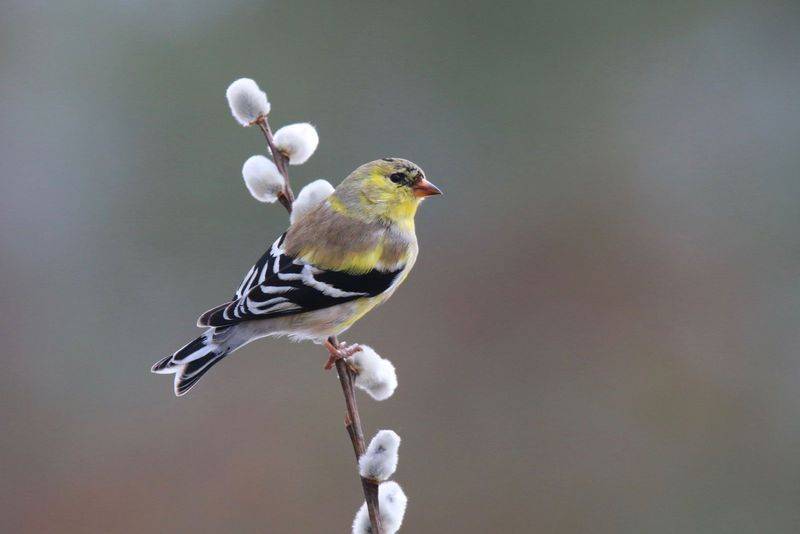
Goldfinches are like rays of sunshine with their bright yellow feathers and cheerful songs. They prefer gardens with a variety of seeds, particularly favoring thistles and sunflowers.
These small, vibrant birds are often seen fluttering in flocks, adding a lively dynamic to your outdoor space. A visit from a goldfinch often means your garden is rich in plant diversity.
To encourage them, consider planting native wildflowers and providing a clean water source. Their presence is a testament to a garden that offers both beauty and sustenance.
Chickadee
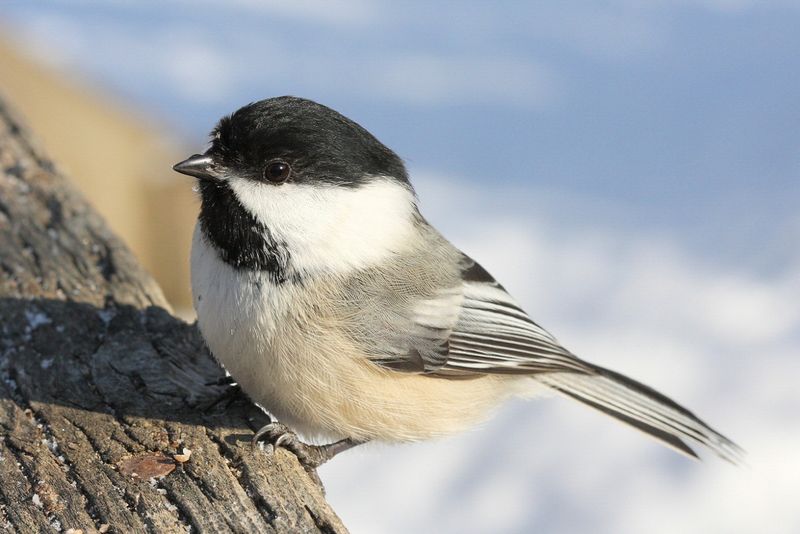
Chickadees, with their distinctive black cap and bib, bring a playful energy to gardens. Their curious nature leads them to explore feeders and trees alike.
These birds thrive in gardens that offer a mix of trees and shrubs, where they can find insects and seeds. Chickadees are known for their acrobatic feeding habits, often hanging upside down.
Their visits suggest a healthy, insect-rich environment. Providing a mix of feeders with seeds and suet can encourage these charming birds to make your garden their playground.
Hummingbird
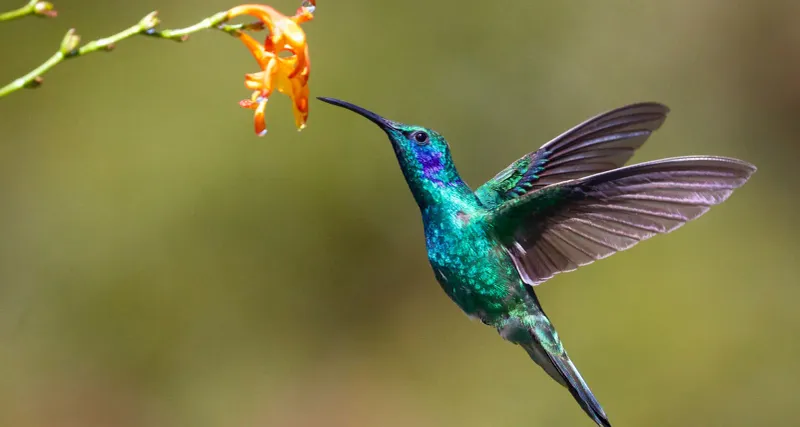
Hummingbirds are marvels of nature, known for their rapid wing beats and iridescent feathers. They are attracted to gardens with bright, tubular flowers rich in nectar, like trumpet vine and bee balm.
Their presence is a clear sign of a thriving garden, offering ample nectar sources. Hummingbirds are also pollinators, playing a role in your garden’s ecosystem.
To attract them, consider planting a variety of flowering plants and providing a hummingbird feeder. Their quick, hovering visits add a magical touch to any garden.
Eastern Bluebird
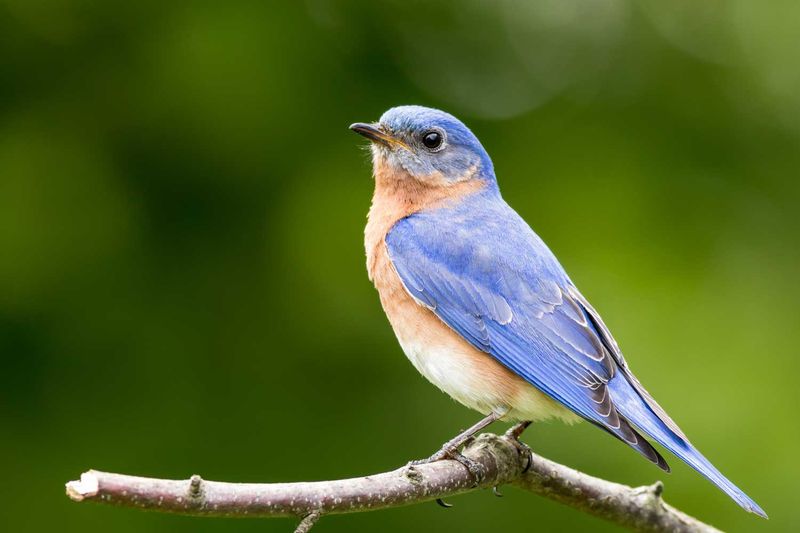
Eastern Bluebirds, with their striking blue and orange colors, are a joy to behold. They thrive in open areas with scattered trees and are often seen perched on fences or wires.
Their diet consists mainly of insects and berries, so a garden providing these will likely attract them. Bluebirds also benefit from nest boxes, which offer safe breeding spots.
A visit from an Eastern Bluebird indicates your garden supports a variety of insects and has open spaces for them to hunt. Their presence is a true delight for any birdwatcher.
House Sparrow
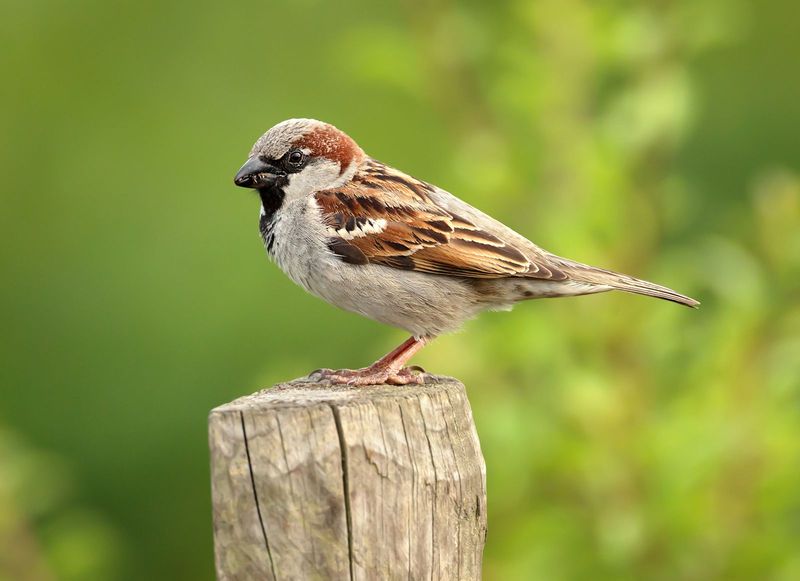
House Sparrows are common yet charming garden visitors. They adapt well to urban and rural settings, often chirping from rooftops and fences.
These sociable birds feed on seeds and scraps, thriving in gardens where food is abundant. Their presence suggests your garden is accessible and friendly to a variety of wildlife.
To accommodate them, consider providing mixed seeds and ensuring there are plenty of bushes for shelter. Despite their ubiquity, sparrows add a lively social aspect to any garden setting.
Mourning Dove
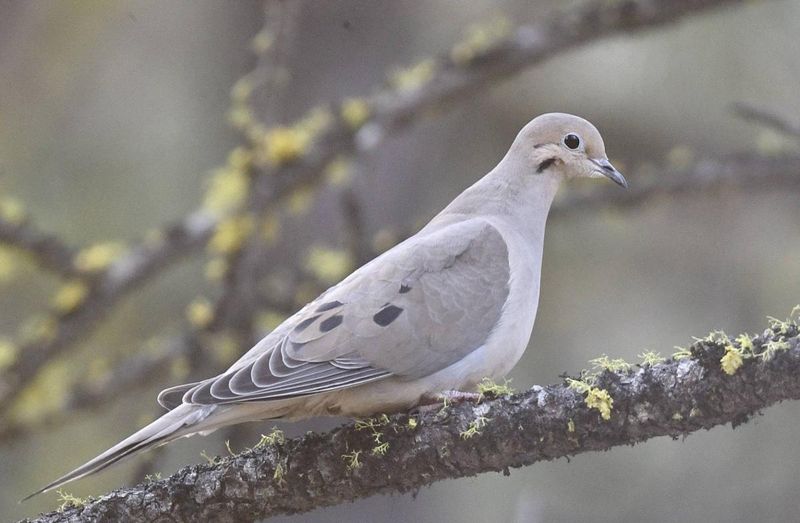
Mourning Doves bring a serene presence with their gentle cooing sounds. They prefer open spaces and often feed on the ground, searching for seeds.
Their appearance in your garden often indicates a peaceful, inviting environment. Doves benefit from areas with low vegetation and plenty of seeds.
To encourage their visits, ensure your garden has open patches and seed feeders. These graceful birds contribute to a tranquil garden atmosphere with their calming presence and melodic coos.
House Wren
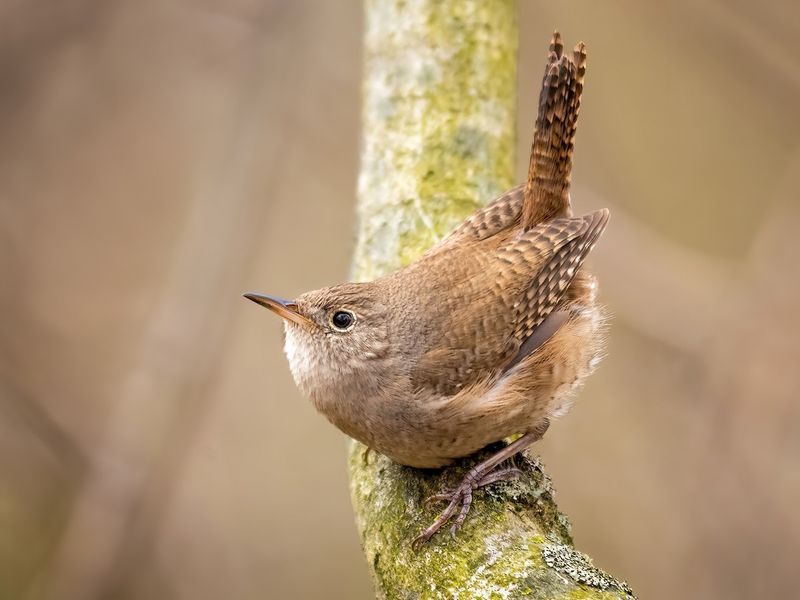
House Wrens are small yet vocal birds, known for their energetic and melodious songs. These tiny birds bring a lively spirit to gardens and are excellent at controlling insect populations.
Their presence reflects a garden that provides adequate shelter and nesting sites, such as birdhouses or dense shrubs. Encouraging these birds to stay involves offering nesting materials and maintaining a garden rich in insects.
Woodpecker
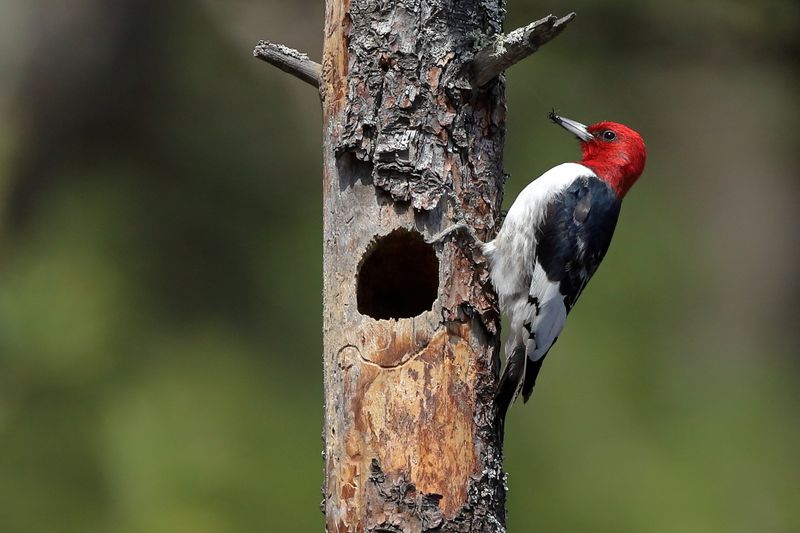
Woodpeckers, with their distinctive drumming sounds, are fascinating garden visitors. They are drawn to trees where they search for insects beneath the bark.
A garden frequented by woodpeckers often has mature trees and a healthy insect population. These birds are shy but play a crucial role in controlling insect pests.
By preserving old trees and providing suet feeders, you can attract these valuable birds. Their rhythmic tapping contributes to the garden’s natural orchestra, highlighting a thriving ecosystem.
Barn Swallow
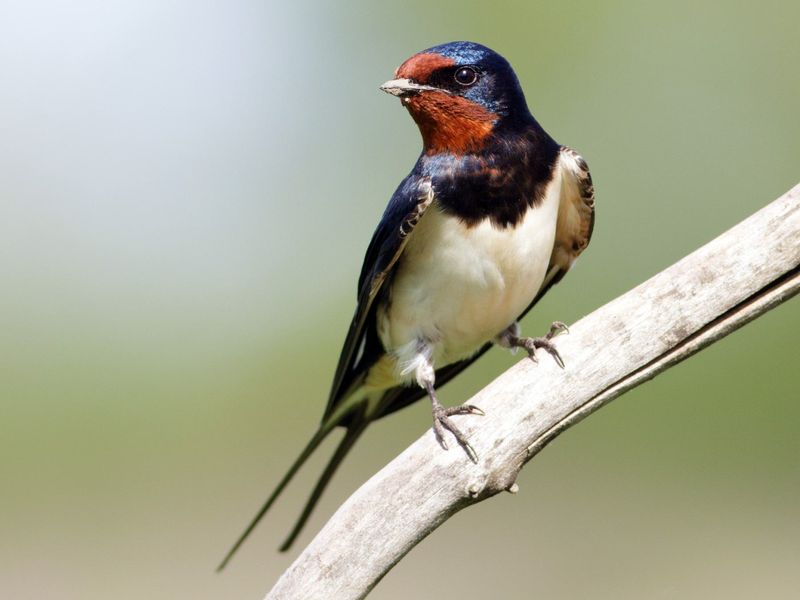
Barn Swallows are agile fliers, easily recognized by their forked tails and striking blue and orange colors. They are often seen darting through the air catching insects.
These birds thrive in open areas near water, so their presence indicates a diverse habitat. Swallows often build nests under eaves, enjoying the security they offer.
Encouraging them involves providing open spaces and ensuring water sources are nearby. Their acrobatic flights and cheerful chirps add an exciting dynamic to any garden, marking it as a haven for diverse birdlife.
Mockingbird
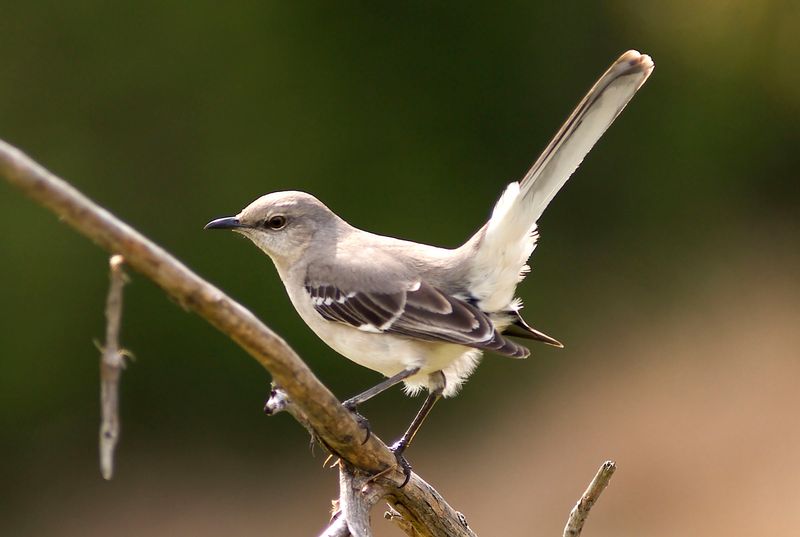
Mockingbirds are known for their impressive vocal abilities, often mimicking other birds and sounds. Their gray plumage and bold behavior make them standout visitors.
These birds are territorial, suggesting your garden offers the resources they need to claim it as their own. Mockingbirds enjoy fruits and insects, so a variety of plants will attract them.
To support them, consider planting fruit-bearing shrubs and providing insect-friendly environments. Their varied songs and lively presence make them fascinating additions to a vibrant garden ecosystem.
Cedar Waxwing
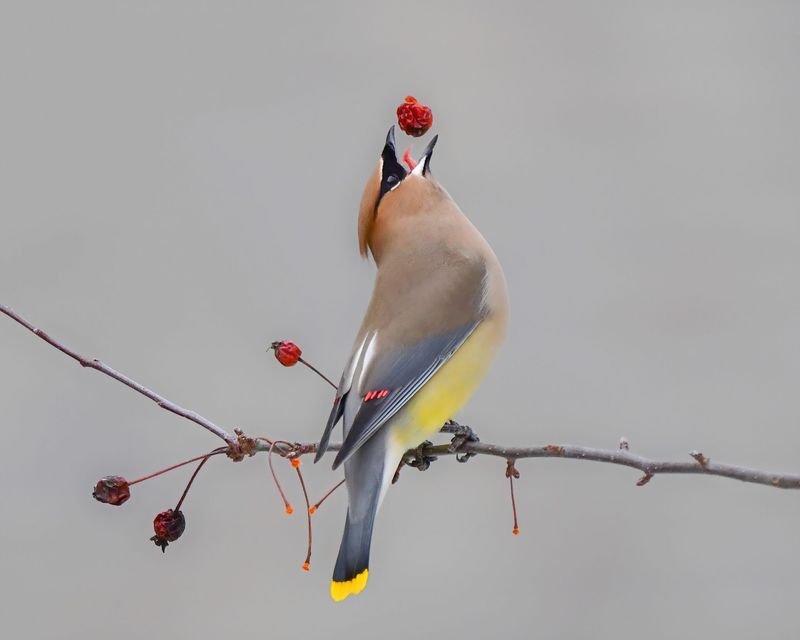
Cedar Waxwings are elegant birds with silky feathers and a fondness for berries. Their presence in your garden suggests abundant fruit-bearing plants.
Waxwings are social, often seen in flocks, and their visits indicate a garden rich in resources. They act as natural seed dispersers, contributing to the garden’s growth.
To attract them, plant a variety of berry-producing trees and shrubs. Their sleek appearance and communal behavior make them delightful to observe, reflecting a bountiful and balanced garden.
Song Sparrow
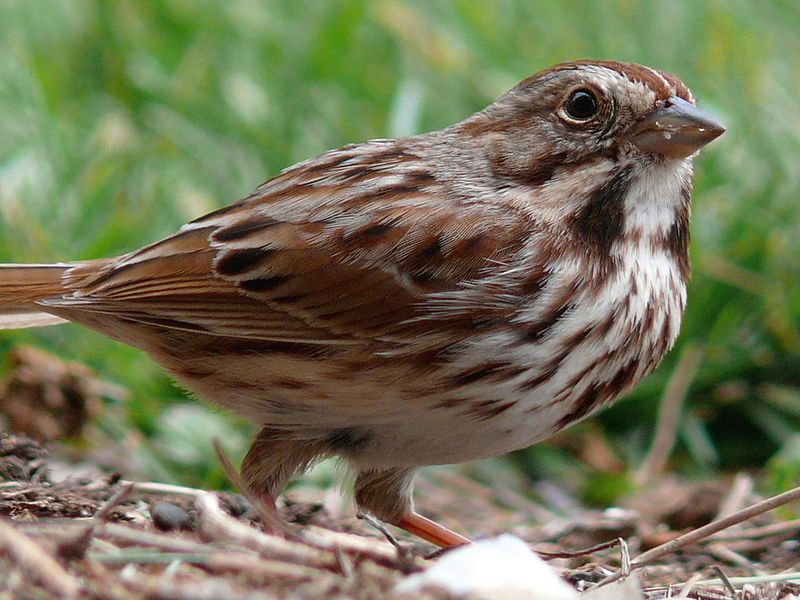
Song Sparrows bring music to gardens with their rich, melodious tunes. Their streaked brown plumage helps them blend into natural surroundings.
These adaptable birds thrive in areas with thick vegetation and a variety of seeds. Their presence indicates a garden that sustains diverse plant life.
To encourage them, maintain dense shrubs and ensure seed availability. Their constant singing and busy activity provide entertainment and signal a healthy, thriving garden environment.

